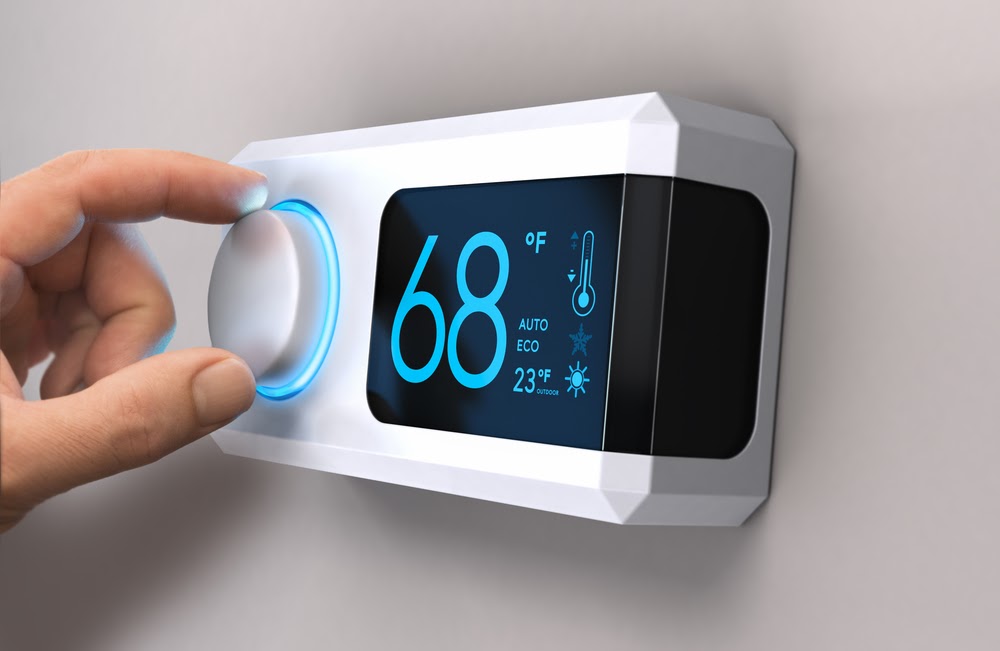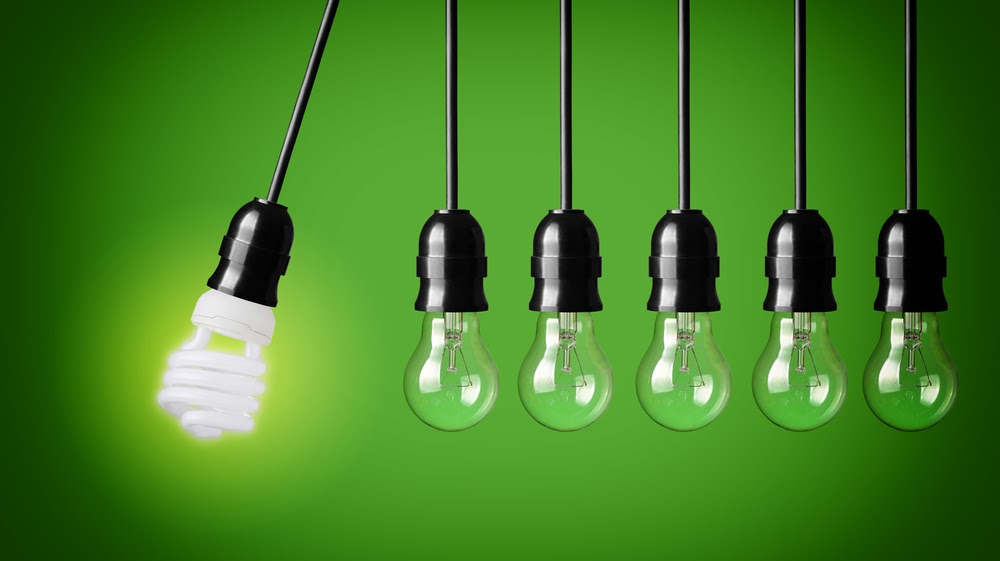What Are Examples of Energy Efficiency?
Over the last several years, the term energy efficiency has become somewhat of a buzzword. Although the term often appears in headlines, many people still aren’t sure exactly what energy efficiency means.
Energy efficiency is the practice of using less energy to perform the same task—or in other words, reducing the amount of energy that is wasted. What are examples of energy efficiency? Here are some of the many ways you can live a more energy efficient lifestyle:
Buying Energy Efficient Appliances
If you’re shopping for a new appliance, look for one with the bright yellow ENERGY STAR® label on it. The ENERGY STAR® label can be found on many different types of appliances, including refrigerators, dishwashers, clothes washers, dryers, dehumidifiers, and office equipment.
This label is used to identify appliances that have met strict energy efficiency requirements. These appliances perform the same tasks as standard models. However, they use less energy, which means they can help you reduce your home’s energy consumption and lower your monthly utility bills.
You can do your part to make the world more energy efficient by upgrading to ENERGY STAR® appliances. In fact, if every appliance that was purchased in the U.S. this year was ENERGY STAR® certified, the country would save $360 million in energy costs.

Heating and Cooling Your Home Efficiently
The average household in the U.S. spends more than $2,200 on energy expenses every year. Heating and cooling your home accounts for about half of these annual expenses. This means you can drastically reduce your household expenses simply by learning how to efficiently heat and cool your home.
Follow these tips to improve the energy efficiency of your heating and cooling system:
- Change the air filters on a regular basis. The dirtier the filter, the more energy your heating and cooling system will need to pump air through your home.
- Schedule annual maintenance appointments with professionals to keep your system in good condition.
- Install a programmable thermostat so you can preset temperatures and create heating and cooling schedules.
- Turn the heating and cooling system off if you go on vacation.
- Adjust the temperature during the hours you are at work so you don’t waste energy on heating and cooling an empty home.
- Try to keep the temperature on your thermostat as close as possible to the temperature outside.
Following these tips will drastically improve your heating and cooling system’s energy efficiency without sacrificing your comfort.

Switching to Energy Efficient Light Bulbs
Lighting accounts for about 5% of your home’s annual energy expenses. The easiest way to reduce this expense—and save energy, too—is replacing standard light bulbs with energy efficient bulbs.
Traditional bulbs use a great deal of energy in order to light your home. About 90% of this energy is emitted as heat, which means it is wasted. However, energy efficient light bulbs use less energy to provide the same amount of light.
There are two main types of energy efficient light bulbs: compact fluorescent lamps (CFLs) and light-emitting diodes (LEDs). These light bulbs are more expensive than traditional bulbs. But they use about 75% less energy and last 25 times longer than traditional bulbs. As a result, you will recoup your initial investment and save money with these light bulbs over time.
You don’t need to switch every bulb in your house in order to make a difference. If you want to start small, put energy efficient bulbs in the five light fixtures you use the most.
Making Energy Efficient Lifestyle Changes
Making smarter energy decisions in your day-to-day life can help you live a more energy efficient lifestyle. Here are some small steps you can take every day to practice energy efficiency:
- Turn the lights off every time you leave the room.
- Don’t leave TVs or computers on when they’re not in use.
- Unplug laptops, smartphones, and tablets when they are fully charged. You should also unplug the charger from the wall to prevent it from wasting energy.
- Install motion sensors on your outdoor lights so they only turn on when movement is detected.
- Install dimmer switches on indoor lights so you can control how much light you want to use.
- Lower the brightness settings on your TVs and computers. The brighter the screen, the more energy these devices will consume.
- Turn on the sleep timer if you fall asleep with your TV on so the device will automatically turn off after a certain amount of time has passed.
- Do not use the dishwasher, clothes washer, or dryer unless you have a full load.
These are some of the many ways to practice energy efficiency in your daily life. By implementing one or more of these strategies, you can reduce your carbon footprint, protect the planet, and lower your monthly utility bills. These benefits make going green more appealing than ever before!


